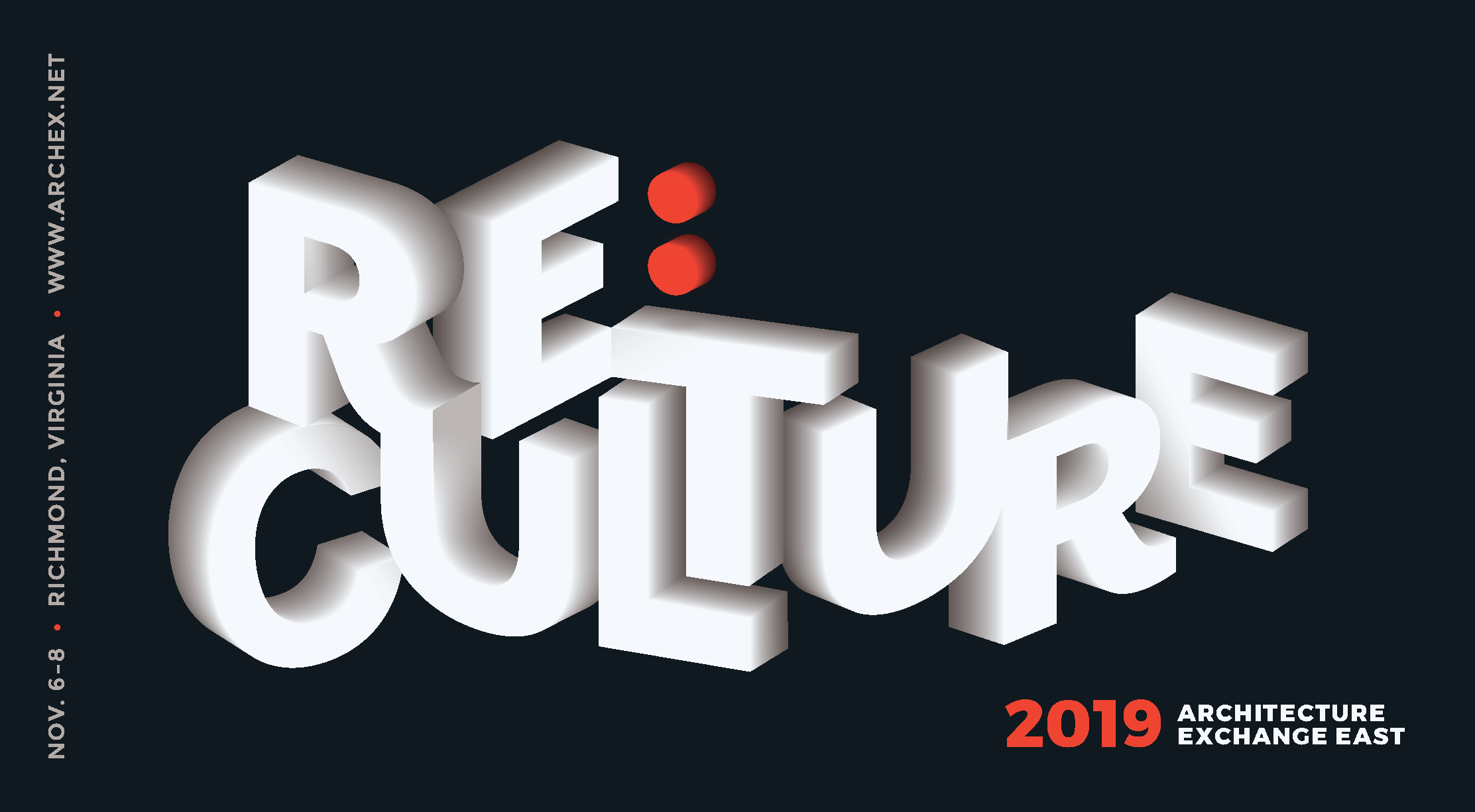
This year, we’ve organized our carefully-curated program for Architecture Exchange East into learning zones. You can pick and choose sessions from any of the zones or do a deep dive into a particular theme.
Join us in our Future Zone to find out what’s on the horizon for the profession. Discover the latest research, emerging technologies, and trends.
View the complete agenda or register online today. The Early Bird discount ends on Sept. 18.
THURSDAY
101: Floating Communities: Cultural Shift to Living ON the Water
Floating communities are environmentally sound, socially focused, and a wellness living environment second to none. Michael Winstanley AIA AICP and Leejung Hong LEED AP will present their vision and plans for a series of floating communities ranging from a small community of 25 homes in an existing urban marina in downtown Washington, DC to a large 84 home new community in Woodbridge. The proposed plans document a net-zero development of homes ranging from 1,500 gsf to 3,000 gsf each constructed on a concrete “float” foundation in a remote location and brought in by barge an assembled to create a vibrant and integrated community. Power, water, and sewage are all part of the discussion as well as common facility and shore-based support functions.
201: Moon Base: Designing a Lunar Village
Skidmore, Owings & Merrill (SOM), in partnership with the European Space Agency (ESA) and the Massachusetts Institute of Technology (MIT), has released the conceptual design for the first full-time human habitat on the lunar surface, called “Moon Village.” Learn about the proposed concept and hear how the team had to consider entirely new challenges, such radiation protection, pressure differentials, and how to provide breathable air.
301: Virtual Reality and the University of Virginia Hospital Expansion
The University Hospital Expansion project (UHE) is a 14-story, 440,000 square-foot patient-tower currently under construction at the University of Virginia. Seeing the value of the use of Virtual Reality during project design, the on-site team decided to set the challenge of finding a way to use VR during construction administration. Through this presentation, the design team will share their journey over the last 5 years of software exploration and the ever evolving use of technology during construction.
FRIDAY
411: Technologies for Inclusion
Computational design and digital fabrication technologies—including robotics—have afforded new potential for all design disciplines. Global architecture and design discourse continue to profess the potential of ‘emerging’ design technologies and fabrication methods as the drivers of the future of creating buildings. Computational design, collaboration, project management, and fabrication technologies have enabled projects to happen faster while utilizing global supply chains, global labor and universal methods, often without respect for impact—both positive and negative, in the short and long term, on local communities, economies, environments, and culture. In opposition are amazing stories emerging from the discourse surrounding the Architect as an inclusive creator. Often as one-offs or special projects outside of the normal practice, these altruistic endeavors rarely result in sustained solutions with systemic impact. In this dichotomy, we have people that make buildings at a pace to meet global demand and in opposition we have people that make buildings that meet local and regional human needs, through processes that empower—a healthy framework for discourse but the practical reality is that development is outpacing altruism at an alarming pace.
To meet global demand while also empowering local communities we must find ways to leverage the same design technologies that are allowing the global construction industry to thrive, to enable collaboration, engagement across stakeholders, find new ways of working, and to reinvent the value proposition of design. Through a series of examples from the Center for Design Research at Virginia Tech, this talk will explore ways in which design and construction technologies help us do more, better and faster, while enhancing the human experience by enabling inclusive processes.
501: Goldilocks and the Power of Ten
Scientists are providing greater and greater access to the design of materials at super-small scales. This talk will provide case studies that explore how designers can make, size, and apply these new materials to orchestrate the flow of energy through buildings in novel and efficient ways.
601: Emerging Leaders in Architecture Session
Celebrate the achievements of the 2019 Emerging Leaders in Architecture and hear about this year’s class project. Dramatic changes in technology and workplace behavior has contributed to an excess of vacant office space, with Northern Virginia approaching a 20% vacancy rate. This year, the Emerging Leaders in Architecture class identifies strategies and creative interventions that revitalize these structures to provide space and amenities that contribute to their local communities.
701: [yaf]CON
[yaf]CON aims to unite and connect members of YAF chapters in Virginia through a mindfully curated micro-conference intended to forge connections and advance the careers of attendees.
